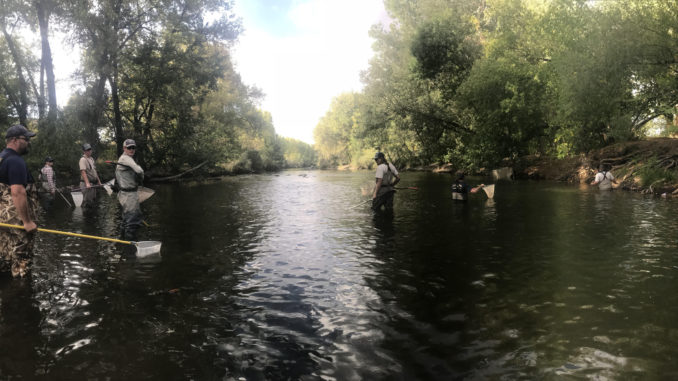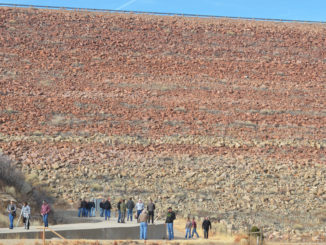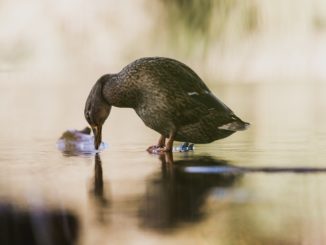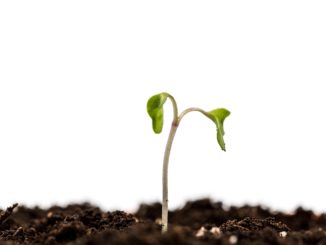
Colorado Parks and Wildlife announced Thursday its findings from the massive fish kill on the Cache la Poudre River that started on the evening of Sept. 20, 2018.
CPW’s conclusion is that there was an array of events and factors that probably all played a role in the fish kill. However, none of those would have likely been the sole reason for the massive die-off.
“There was a whole myriad of factors involved here and it was the cumulation of them,” said CPW Northeast Region Manager Mark Leslie. “A combination of these factors, including unidentified contaminants, in addition to an already stressed ecosystem, resulted in the major fish kill. Unfortunately, with a major push of water following the event, we lost a lot of evidence that would help us pinpoint the responsible source or party.”
Underlying causes in the event include low flows on the river the day of, high temperatures, several possible point sources of contamination and mechanical problems at an upstream City of Fort Collins water treatment plant. However, due to several uncontrollable circumstances, both human-caused and naturally occurring, CPW is unable to determine the exact causative agent primarily responsible for the event.
CPW officials physically counted and removed 1,290 dead fish from the site, which extended from approximately Lemay Avenue downstream to Timberline Road in Fort Collins, a 1.4-mile stretch. However, the likely impact throughout the extent of the fish kill event is estimated at over 10,000 fish.
Based on the 2017 population estimates from CPW aquatic biologists around Timberline Road, the river had 7,880 fish per mile across all 11 species sampled.
Four potential point sources of contamination in or near the area of the Poudre River and Lemay Avenue were identified, based on the proximity to the affected area and the possibility of toxins being released into the river.
CPW staff noticed anecdotally that water levels increased significantly around the time of the reported fish kill and ensuing investigation. USGS flow data for the Cache la Poudre River indicate that water levels on the river rose from approximately six cubic feet per second (cfs) on Sept. 21 to nearly 150 cfs on Sept. 23. Any significant amounts of contaminate in the river on Sept. 21 would have been diluted or swept downriver from the affected kill zone in a very short time frame, and as a result, making it highly unlikely that identifying and collecting testable samples would be possible.
The heightened water levels were a result of weather-related events and large calls for water from downstream users that affected river flows and temperature.
Eleven different species of varying age classes were documented as being lost in the fish kill. The greatest loss to specific species of fish, in rank order, were to longnose dace, white suckers, and brown trout. Other species lost in the event were rainbow trout, green sunfish, bluegill, largemouth bass, longnose sucker, Johnny Darter, mountain whitefish and common carp.
Officials are confident that despite the major loss that occurred, the river will come back.
“This was a significant impact on our aquatic resource, no question about that, but barring an additional event the aquatic resources that were impacted should recover,” said Matt Nicholl, manager of CPW’s aquatics section.
CPW aquatic biologists surveyed the river this October to gauge how the fish populations stand.
“Colorado Parks and Wildlife 2019 sampling data suggests certain species within the stretch where the fish kill event occurred have recovered while others are still depressed,” said Aquatic Biologist Kyle Battige. “Fish population numbers are naturally variable throughout time, but upstream of the impacted reach levels have remained stable and are healthy. Without further incident, populations throughout the reach are expected to return to normal levels.”
Colorado Parks and Wildlife is appreciative of the public for its response to the event, reporting of observations leading up to and during the die-off and for its patience and cooperation during the lengthy investigation.
“Thank you to the public for trying to help us figure this thing out, unfortunately, we didn’t find a smoking gun on this one,” Leslie said. “The loss of our aquatic resources is not taken lightly and when these events occur we fully investigate them. The thing of positive note moving forward is that this major event is single-handedly not going to have long-term impacts.”
Support Northern Colorado Journalism
Show your support for North Forty News by helping us produce more content. It's a kind and simple gesture that will help us continue to bring more content to you.
BONUS - Donors get a link in their receipt to sign up for our once-per-week instant text messaging alert. Get your e-copy of North Forty News the moment it is released!
Click to Donate


